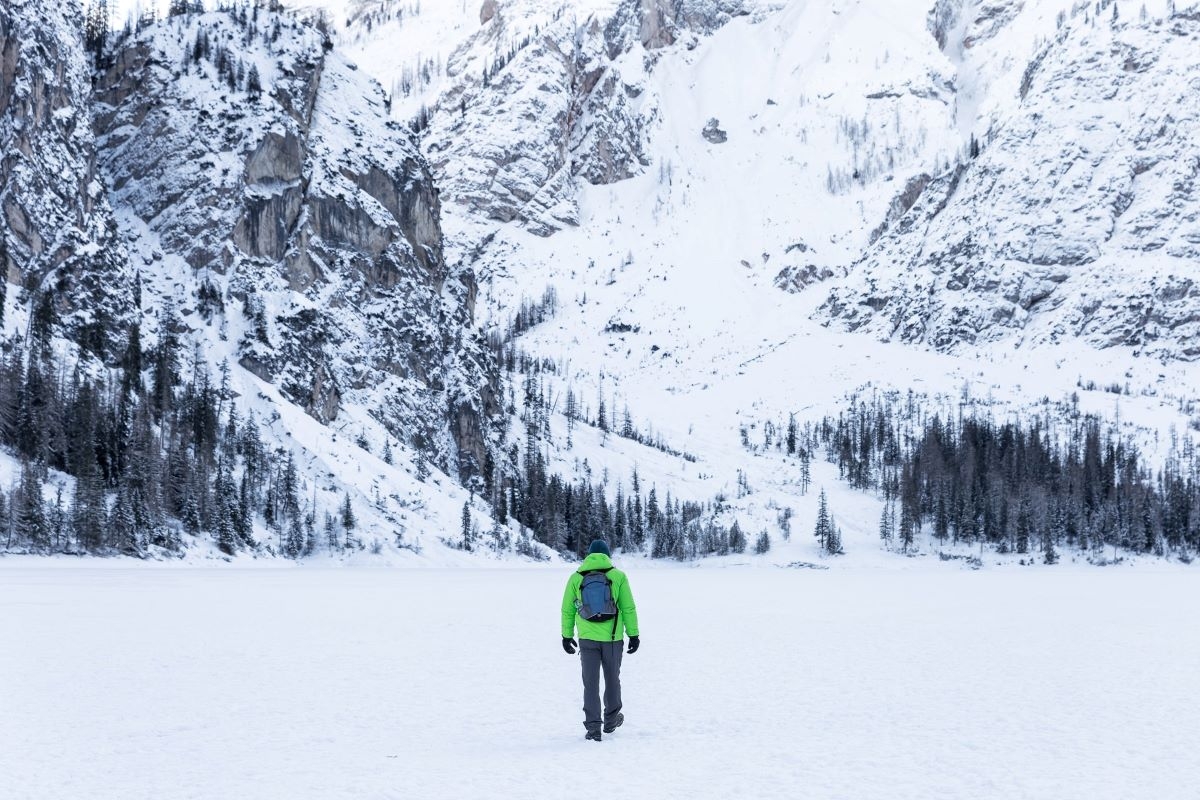
The essential clothing gear to wear when hiking
A day hiking the trails in your favorite nature reserve is usually a well deserved break from the realities of your everyday life. It can be idyllic when you are out there and it’s just the sound of the birds and wind in the trees instead of the sound of traffic or your phone’s alerts.
One thing that can turn the dream into a nightmare, however, is wearing all the wrong gear. Picking the right outdoor gear for a hiking trip is essential if you want to get the most out of it. If you are not dressed for it, you are likely going to have a bad time.
In this article, I will cover the essential clothing you need to wear or bring with you out on the trails to make sure you are protected and comfortable on your hike.
Lower body gear
Let’s begin by going over the sections of the body and what you need to wear for each. For example, on your lower body you need to start with the right type of underwear.
You want to avoid wearing your ordinary cotton underwear for hiking. It should be made out of polyester or merino wool so that it will wick away any moisture to keep your comfortable and avoid chafing. They should also be boxer style so they don’t bunch up while you hike.
Pants should be a wicking material as well. Keep them lightweight and not too tight fitting. They should be durable enough to not get torn when you encounter rough brush or sharp rocks, but still light enough to wick away any moisture as you walk. If it's windy make sure they are thicker but still of a lightweight tightly woven nylon to resist the wind.
Socks are extremely important as they are what will keep you going when you have the right ones or shorten your hike if you chose poorly. Merino wool once again is a great material as it is a natural material that keeps moisture away from your skin. It is also lightweight unlike other wools. Look for thick socks to cushion your steps. Thin socks will likely allow your feet to move around too much in the boots and will cause blisters.
Shoes
The right shoes are rugged enough to handle any terrain like gravel and rocks. But at the same time lightweight enough to allow your feet to breathe and not weigh you down.
You are going to encounter a lot of difficult terrain out on your hike so make sure the toes are protected with a heavy duty coating in case you nag your feet against rocks.
Since you are likely to have to cross some muddy or wet areas, the material should also be water resistant or even water proof if you plan to be crossing streams.
Upper body
The trickiest part to dress is your upper body. Not enough clothing and you may get cold. Too much and you will overheat. The key is to dress in layers so if you do get hot you can strip down a layer or two until you feel comfortable enough to keep going.
The layers should be thin but warm. And avoid cotton at all costs as it absorbs your sweat and takes ages to dry. Merino wool and polyester or nylon are all acceptable materials.
Over all of this make sure to have a good shell. This will keep you dry if it rains or is misty on the trail and can break the wind so you don’t get cold. Even if it’s a warm day, the wind can make you feel much colder than you anticipate so a lightweight shell is the way to go so you don’t also overheat.
For best results, make sure the inner layers are tight fitting but the outer layers should be slightly looser.
Accessories
Wearing a hat is tricky as your head can cause you to overheat even if the rest of your body is quite comfortable. And at the same time you can lose a lot of body heat off of the top of your head. Picking the right hat is a case of knowing your body. If you tend to overheat then go for a light cap that won’t trap the heat and cause you to sweat.
If you feel that you cool down too quickly because your head is exposed then you need something like a waffle knit type of cap.
Gloves should be waterproof yet wick moisture away so your palms don’t get sweaty. Look for a design that has a rough, tough inside for your palm and fingers, but a breathable material for the back of your hand.
Photo by Riccardo Chiarini, Unsplash













